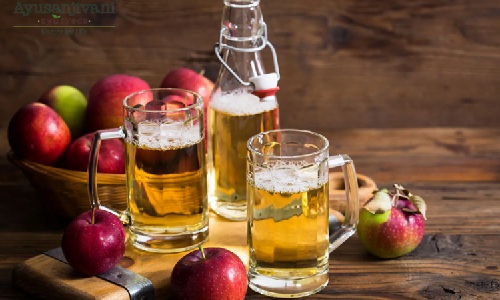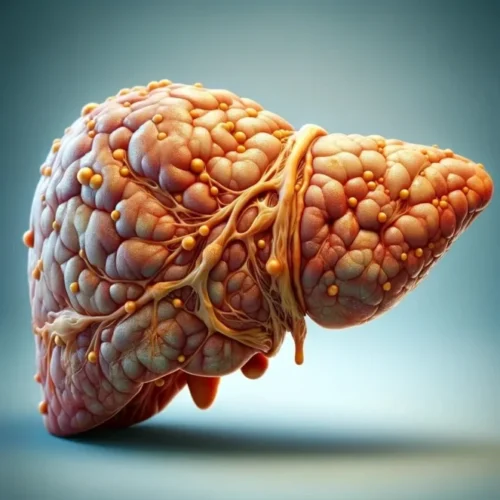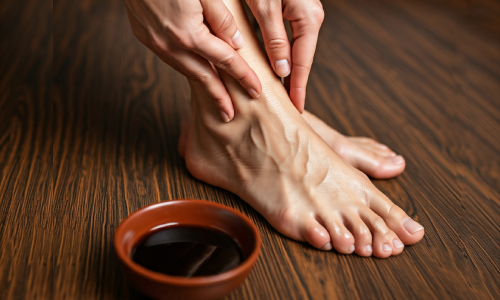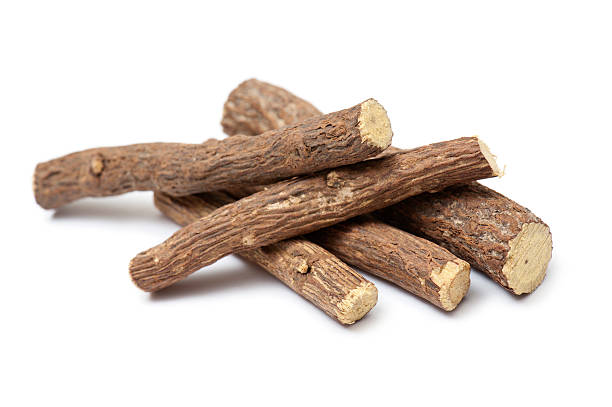For many, celebrations are incomplete without alcohol. But have you ever wondered what Ayurveda says about it? Interestingly, Ayurveda doesn’t completely forbid alcohol. Instead, it stresses moderation and mindful consumption. Is Alcohol Allowed in Ayurvedic Practices? Yes, there is mention of alcohol within the medicinal context in Ayurveda. Ayurvedic preparations like Draksharishta contain self-generated alcohol. These are made using natural fermentation techniques and contain healing herbs for health benefits. However, recreational use of this should be approached with caution. Effect of Alcohol on Doshas Pitta Dosha: Alcohol has heating, sharp and penetrating properties. Too much of it aggravates Pitta-related conditions like acidity, liver inflammation and skin rashes. Vata Dosha: Alcohol has a drying effect too, and this can aggravate Vata Dosha causing anxiety, restlessness, and digestive issues. Its drying nature can disturb mental clarity, cause dehydration, and can also lead to joint pain or bloating. Kapha Dosha: High indulgence can overburden Kapha Dosha, resulting in excess mucus secretion, lethargy, weight gain and sluggishness. To counterbalance these effects, Ayurveda emphasizes moderation and pairing with the right foods. Is Drinking Alcohol Allowed in Ayurvedic Diet? Alcohol is not forbidden in Ayurveda, but it is not advised as part of an Ayurvedic lifestyle. If you drink, take the following into account: Do not drink on an empty stomach To calm Pitta, consume cooling and sweet foods the next day Drink twice the water to stay hydrated Ayurvedic Remedies for Alcohol Detoxification For the consumers, detox is a must for the negative effects to not take a toll on you. Ayurveda recommends: Dry fruits: To get rid of the hangover, soak some dry fruits the night before and eat them in the morning. Figs, dates or black raisins are great for reducing Pitta and fighting dehydration. Draksharishta: Consume 15 ml of this Ayurvedic tonic mixed with an equal amount of water after meals. It helps the health of the liver and digestion. Head massage: At my clinic, I prepare a night routine oil with pure sandalwood in it. Use this oil for a head massage followed by a cold shower. Alcohol and Digestive Fire (Agni) Ayurveda places great importance on Agni – the digestive fire. Alcohol, when consumed in large amounts can dampen your Agni, resulting in indigestion, flatulence and toxin build up (Ama). To support your Agni: Eat light, easily digestible meals after drinking Avoid mixing alcohol with fried or heavy foods Drink herbal teas with ginger or fennel to strengthen digestion. An Ayurvedic Perspective on Alcohol “Madhye tu matra gunatmanam, ati doshakaram nrunam.” [Charaka Samhita, Sutrasthana Chapter 24, Verse 30] Translation: “Alcohol in moderation is beneficial, but in excess, it becomes harmful.” The key is Yukti – using appropriate judgment. As per Ayurvedic texts, alcohol can act as both nectar and poison. The impact depends on the dose, person and situation. It is, therefore, used in Ayurveda as a solvent in formulations like Asavas and Arishtas. These are herbal preparations created through natural fermentation and are used for specific ailments. Ayurveda sees alcohol addiction as an imbalance in the mind and body. Through detoxification treatments such as Panchakarma, both liver health and mental health can be restored. Too much alcohol disrupts the balance of Doshas, impairs Agni and causes a toxin build-up. Ayurveda emphasizes Madhyama Matra – the middle path of moderation. Small amounts of alcohol, consumed mindfully, may be acceptable, but overindulgence is harmful. Instead of the conventional alcoholic drinks, you can opt for Ayurvedic drinks such as Herbal Teas or Draksha Rasa (grape juice). They not only satisfy the palate but also provide nourishment and balance. Fermented drinks like Takra (buttermilk) and herbal infusions are better alternatives. These drinks are light on the system, assist in digestion and support Dosha balance. A Quick Reality Check So, before you raise a glass at your next gathering, remember that alcohol is not essential to celebration. Ayurveda inspires us to live a life with balance and mindfulness. If you decide to drink, do so responsibly, and always pair it with self-care practices to minimize harm. Or better yet, explore Ayurvedic alternatives that nourish both body and soul. Alcohol can be a part of life, but it doesn’t have to be the whole thing. Choose balance, moderation, and care for your body because health is the ultimate wealth! If you are struggling with any health issues, you can either book a consultation with us or send us a message via WhatsApp to +91 79074 89839. We have the best Ayurvedic doctors in Trivandrum who are always glad to help you. If you have any queries, contact us. You can also visit us at our hospital.
Ayurveda’s Take on Alcohol









